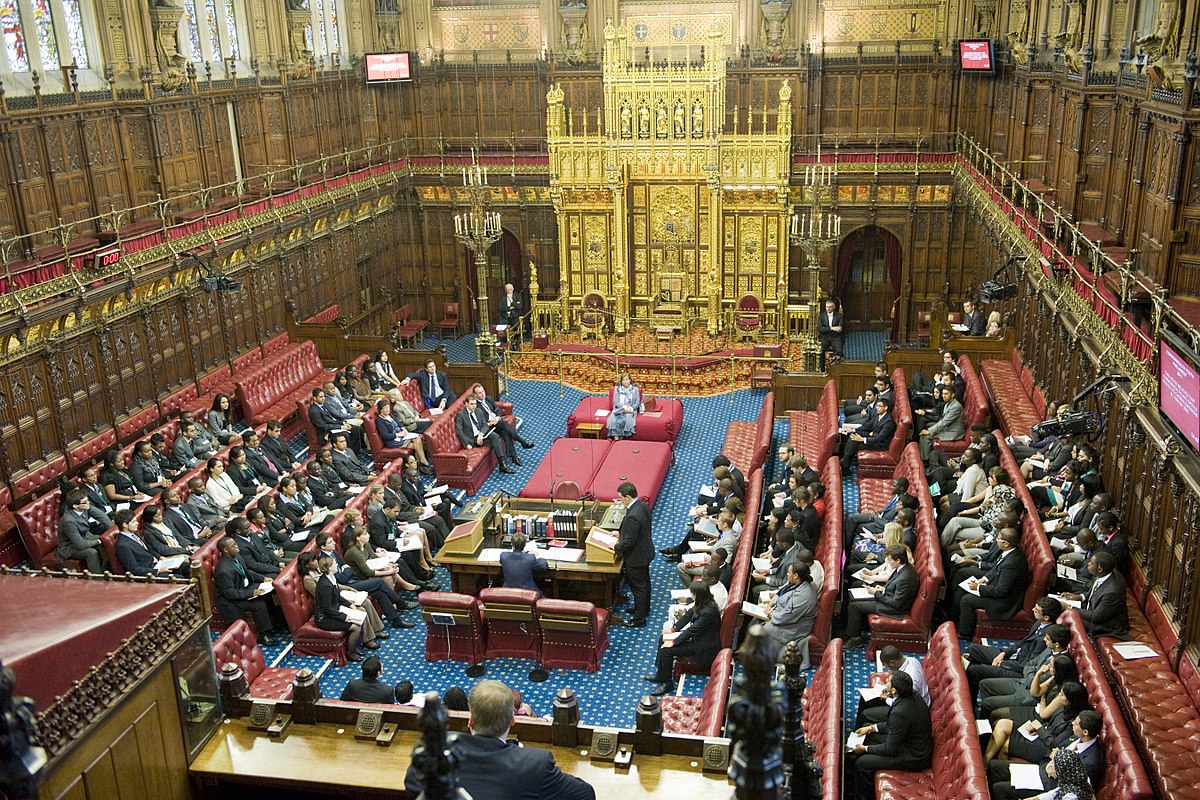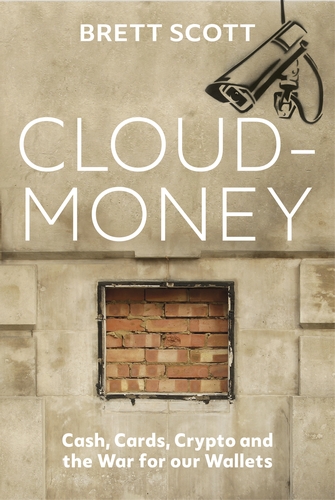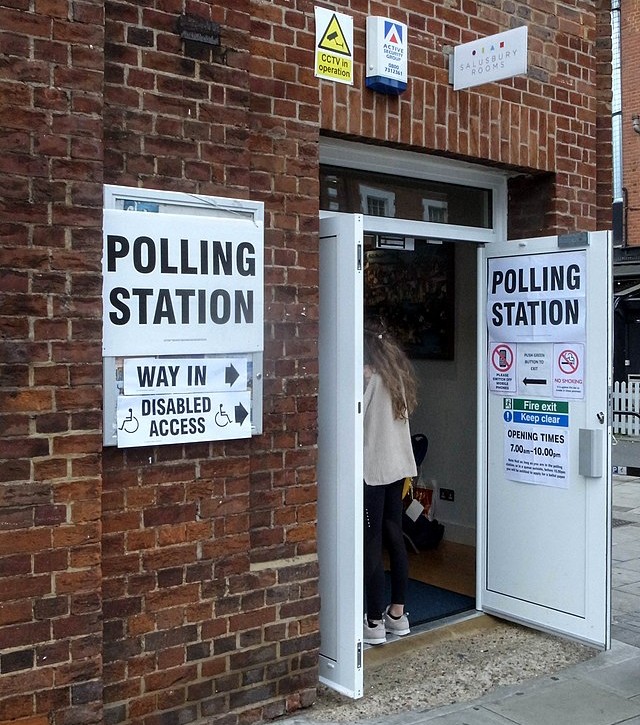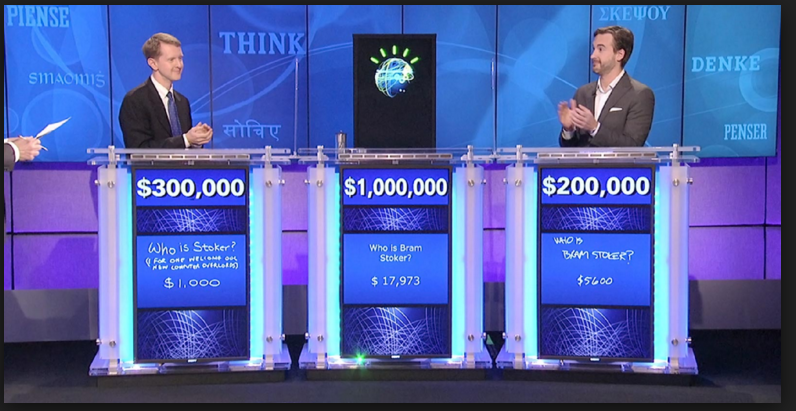At a workshop this week, one of the organizers posed a question that included the term “appropriate”. As in: “lawful access while maintaining appropriate user privacy”. We were there to think about approaches that could deliver better privacy and security over the next decade, with privacy defined as “the embedding of encryption or anonymization in software or devices”.
I had to ask: What work is “appropriate” doing in that sentence?
I had to ask because last weekend’s royal show was accompanied by preemptive arrests well before events began – at 7:30 AM. Most of the arrested were anti-monarchy protesters armed with luggage straps and placards, climate change protesters whose T-shirts said “Just Stop Oil”, and volunteers for the Night Stars on suspicion that the rape whistles they hand out to vulnerable women might be used to disrupt the parading horses. All of these had coordinated with the Metropolitan Police in advance or actually worked with them…which made no difference. All were held for many hours. Since then, the news has broken that an actual monarchist was arrested, DNA-sampled, fingerprinted, and held for 13 hours just for standing *near* some protesters.
It didn’t help the look of the thing that several days before the Big Show, the Met tweeted a warning that: “Our tolerance for any disruption, whether through protest or otherwise, will be low.”
The arrests were facilitated by the last-minute passage of the Public Order Act just days before with the goal of curbing “disruptive” protests. Among the now-banned practices is “locking on” – that is, locking oneself to a physical structure, a tactic the suffragettes used. among many others in campaigning for women’s right to vote. Because that right is now so thoroughly accepted, we tend to forget how radical and militant the Suffragists had to be to get their point across and how brutal the response was. A century from now, the mainstream may look back and marvel at the treatment meted out to climate change activists. We all know they’re *right*, whether or not we like their tactics.
Since the big event, the House of Lords has published its report on current legislation. The government is seeking to expand the Public Order Act even further by lowering the bar for “serious disruption” from “significant” and “prolonged” to “more than minor” and may include the cumulative impact of repeated protests in the same area. The House of Lords is unimpressed by these amendments via secondary legislation, first because of their nature, and second because they were rejected during the scrutiny of the original bill, which itself is only days old. Secondary legislation gets looked at less closely; the Lords suggest that using this route to bring back rejected provisions “raises possible constitutional issues”. All very Polite for accusing the government of abusing the system.
In the background, we’re into the fourth decade of the same argument between governments and technical experts over encryption. Technical experts by and large take the view that opening a hole for law enforcement access to encrypted content fatally compromises security; law enforcement by and large longs for the old days when they could implement a wiretap with a single phone call to a major national telephone company. One of the technical experts present at the workshop phrased all this gently by explaining that providing access enlarges the attack surface, and the security of such a system will always be weaker because there are more “moving parts”. Adding complexity always makes security harder.
This is, of course, a live issue because of the Online Safety bill, a sprawling mess of 262 pages that includes a requirement to scan public and private messaging for child sexual abuse material, whether or not the communications are encrypted.
None of this is the fault of the workshop we began with, which is part of a genuine attempt to find a way forward on a contentious topic, and whose organizers didn’t have any of this in mind when they chose their words. But hearing “appropriate” in that way at that particular moment raised flags: you can justify anything if the level of disruption that’s allowed to trigger action is vague and you’re allowed to use “on suspicion of” indiscriminately as an excuse. “Police can do what they want to us now,” George Monbiot writes at the Guardian of the impact of the bill.
Lost in the upset about the arrests was the Met’s decision to scan the crowds with live facial recognition. It’s impossible to overstate the impact of this technology. There will be no more recurring debates about ID cards because our faces will do the job. Nothing has been said about how the Met used it on the day, whether its use led to arrests (or on what grounds), or what the Met plans to do with the collected data. The police – and many private actors – have certainly inhaled the Silicon Valley ethos of “ask forgiveness, not permission”.
In this direction of travel, many things we have taken for granted as rights become privileges that can be withdrawn at will, and what used to be public spaces open to all become restricted like an airport or a small grocery store in Whitley Bay. This is the sliding scale in which “appropriate user privacy” may be defined.
Illustrations: Protesters at the coronation (by Alisdair Hickson at Wikimedia .
Wendy M. Grossman is the 2013 winner of the Enigma Award. Her Web site has an extensive archive of her books, articles, and music, and an archive of earlier columns in this series. Follow on Mastodon or Twitter.









